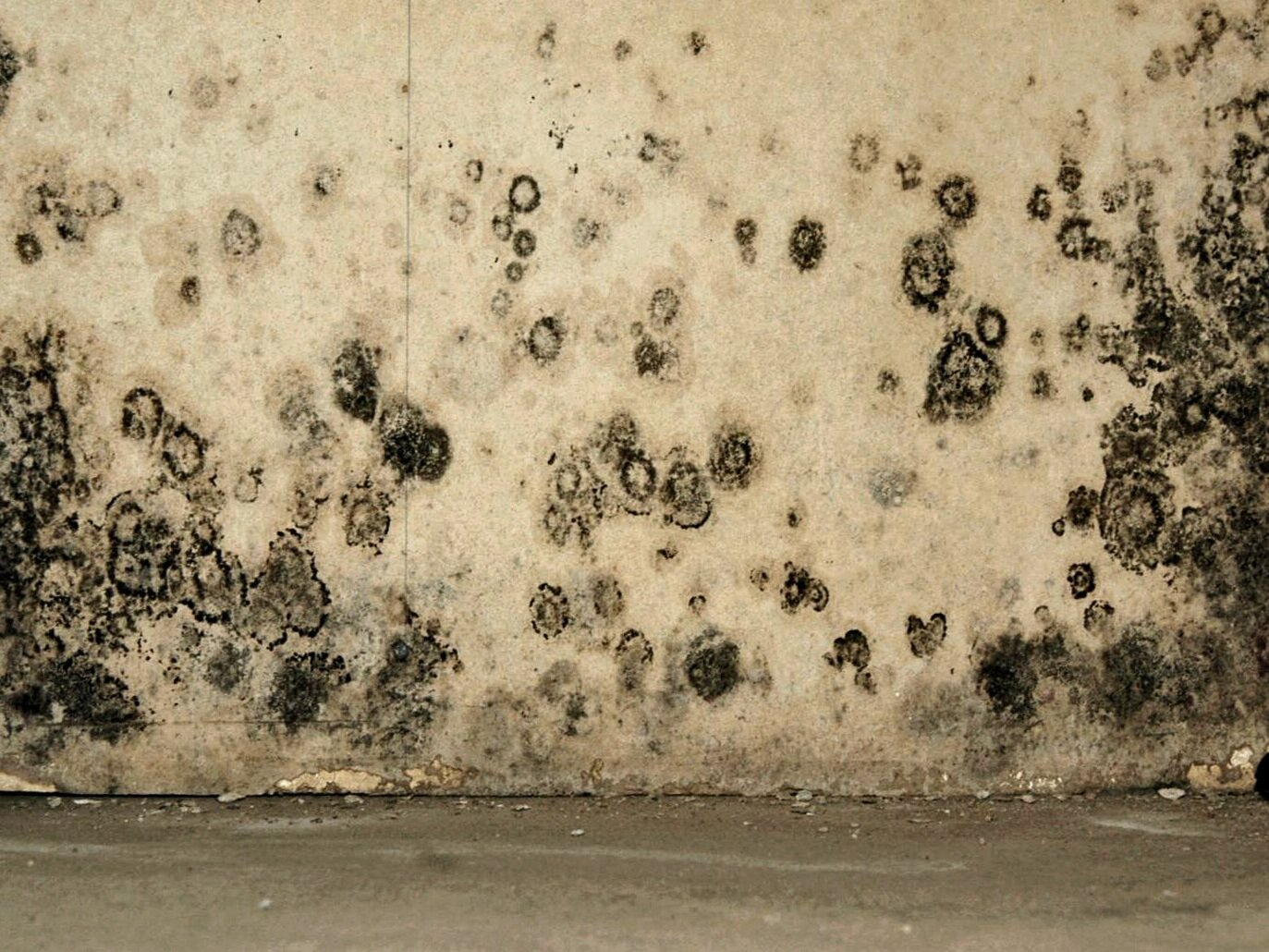Typical damages in historic buildings
This step give an overview of the extent of cracks, wet spots, rising damp etc. Explore examples of what to look for and guides on possible remediation action in case cracks, wet spots, algea, mould growth, frost damage etc. are identified.
High levels of moisture often result in several types of deterioration and thus reduce the service life of building components. Moisture induced damages include mould growth, wood decay, salt efflorescence, algae proliferation, and frost damage. The presence of moisture in porous materials might further increase the thermal transmittance through walls and thereby the overall heat loss of the building.
Below you will find six different topics for a visual assessment of your building. Each topic holds answers on what to look for, types of risks, why it occurs, where to look and possible solutions.
Explore each topic and complete the following checklist for a total visual inspection of your building before applying internal insulation.
Learn more about moisture damage here.
Frost damage
Commonly solely related to aesthetical problems, particularly scaling of the exterior surface of the masonry wall.Wood rot
Fungal growth can result in unpleasant odour and emissions, which must be considered as an indoor problem.
Rising damp
Commonly solely related to aesthetical problems, particularly scaling of the exterior surface of the masonry wall.
Mould growth
Inhalation of airborne microorganisms and the metabolites may lead to immunological reactions and different health issues.
Algae growth
The biological colonization of façades can change the aspect of the surfaces and even compromise the durability of materials.
Salt efflorescence
Loss of material due to salt may cause water penetration in the wall, which can bind and cause constant moisture content.
^
To top






